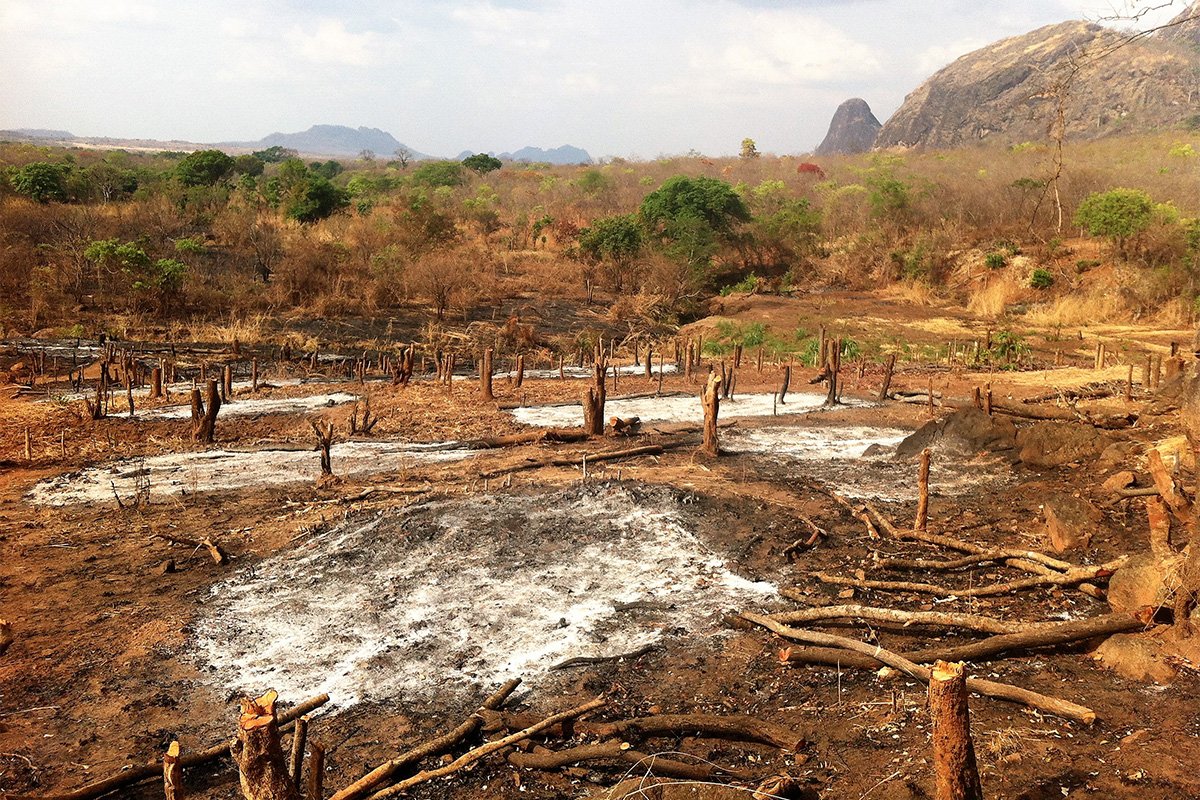Severe drought shuts down reproduction in copperhead snakes, study finds
A long-term study of copperhead snakes in a forest near Meriden, Connecticut, revealed that five consecutive years of drought effectively ended the snakes’ reproductive output. Not one of the dozens of female snakes in the closely monitored population became pregnant the year after the drought ended, researchers found. The year before that, only one female … Read more









